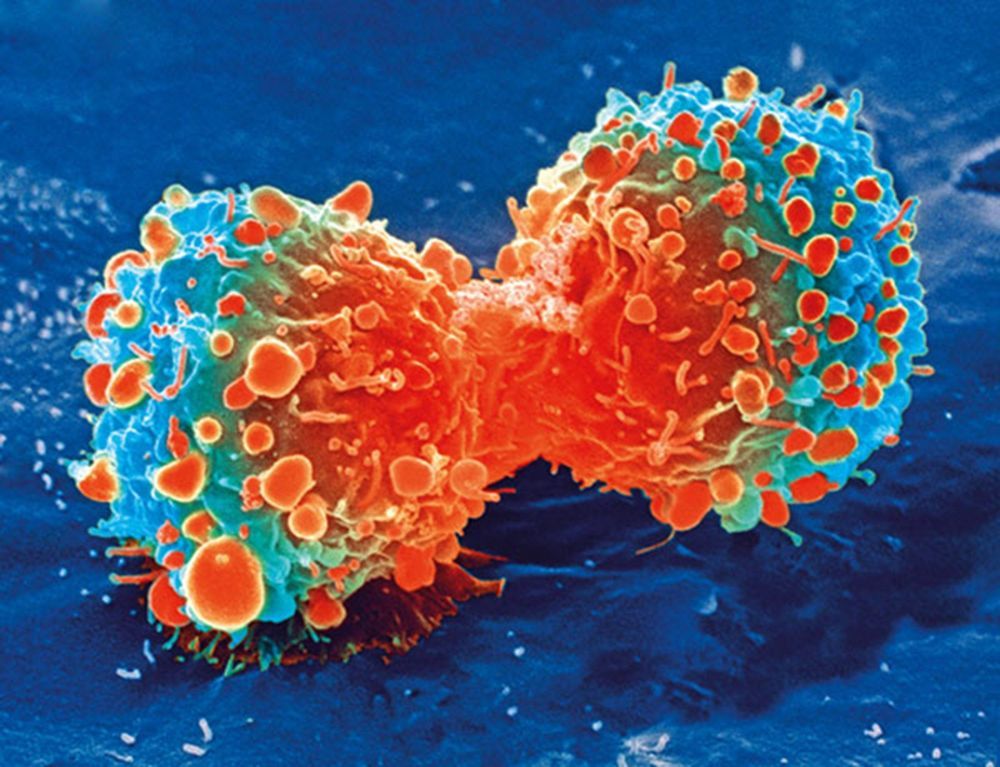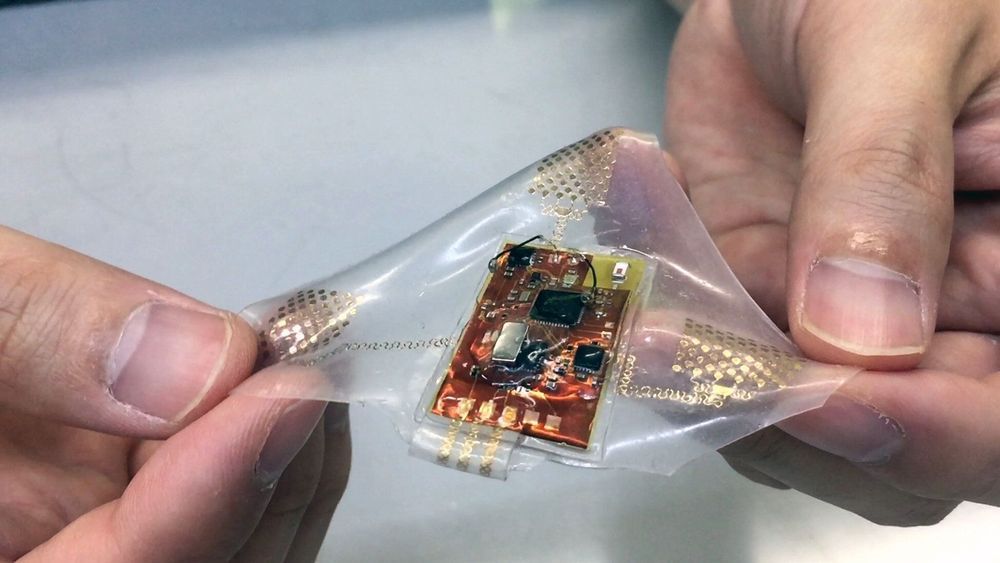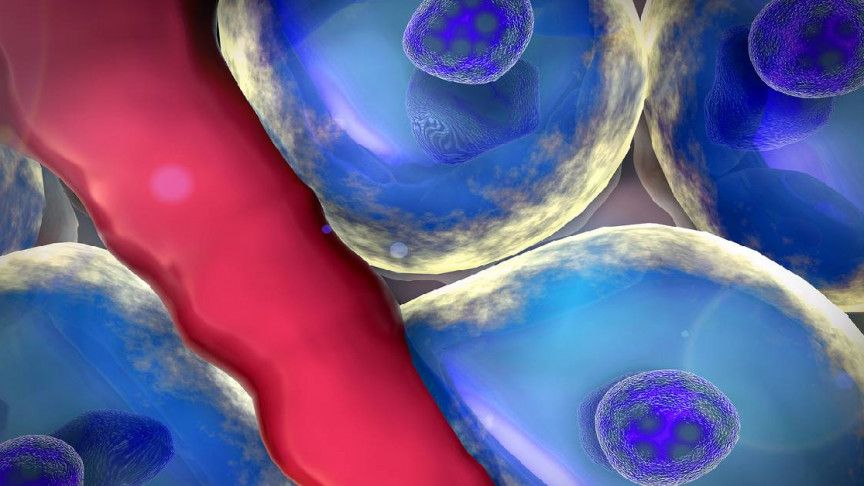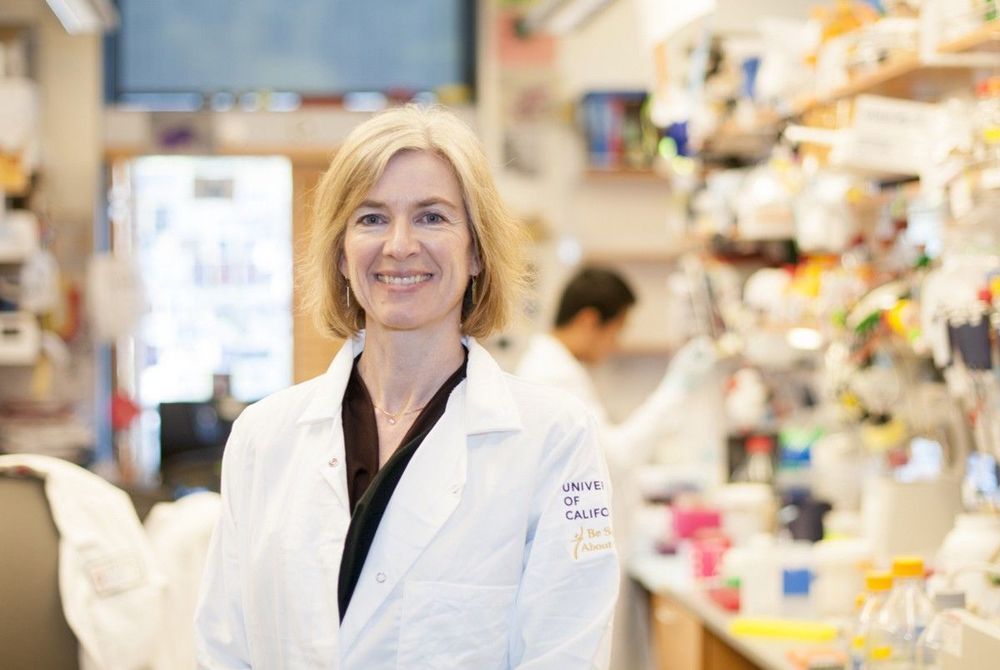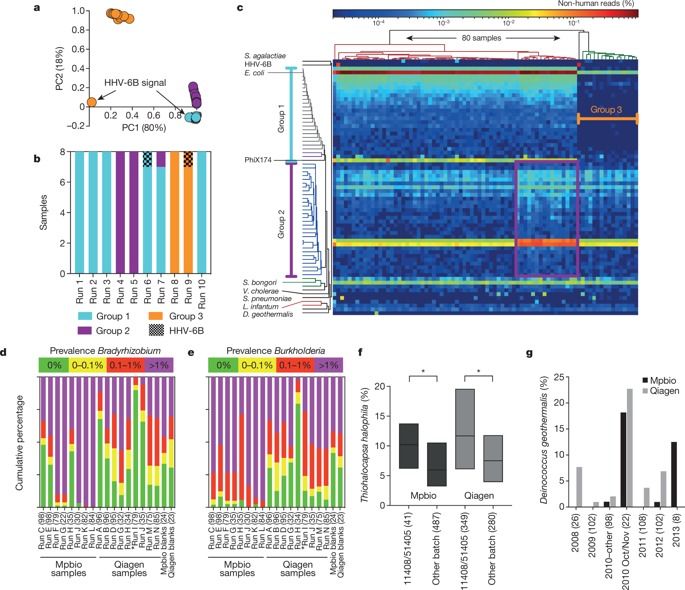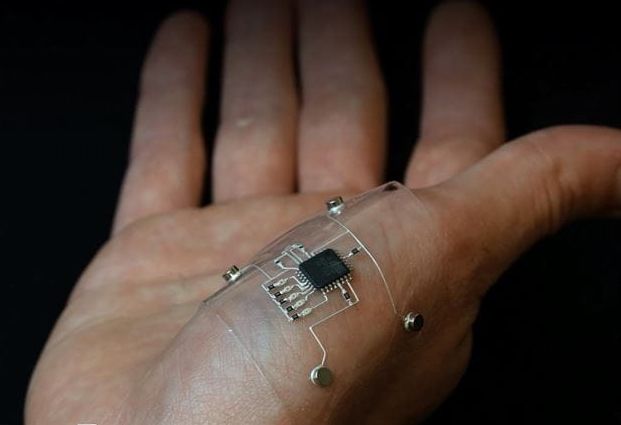Jul 31, 2019
New ‘don’t eat me’ signal may provide basis for cancer therapies
Posted by Paul Battista in categories: biotech/medical, food
Researchers at the Stanford University School of Medicine have discovered a new signal that cancers seem to use to evade detection and destruction by the immune system.
The scientists have shown that blocking this signal in mice implanted with human cancers allows immune cells to attack the cancers. Blocking other “don’t eat me” signals has become the basis for other possible anti–cancer therapies.
Normally, immune cells called macrophages will detect cancer cells, then engulf and devour them. In recent years, researchers have discovered that proteins on the cell surface can tell macrophages not to eat and destroy them. This can be useful to help normal cells keep the immune system from attacking them, but cancer cells use these “don’t eat me” signals to hide from the immune system.
